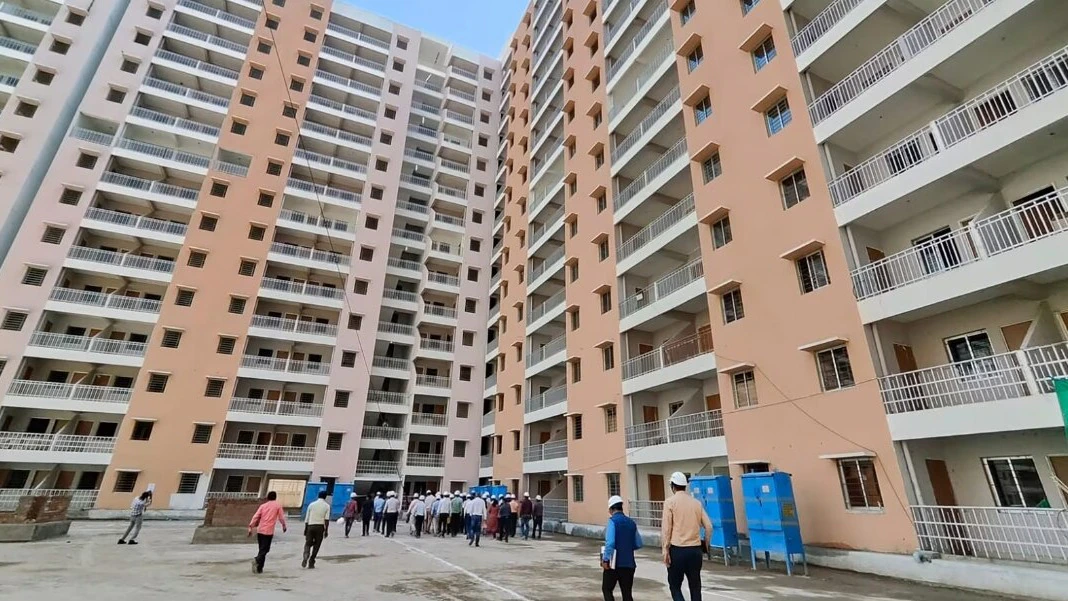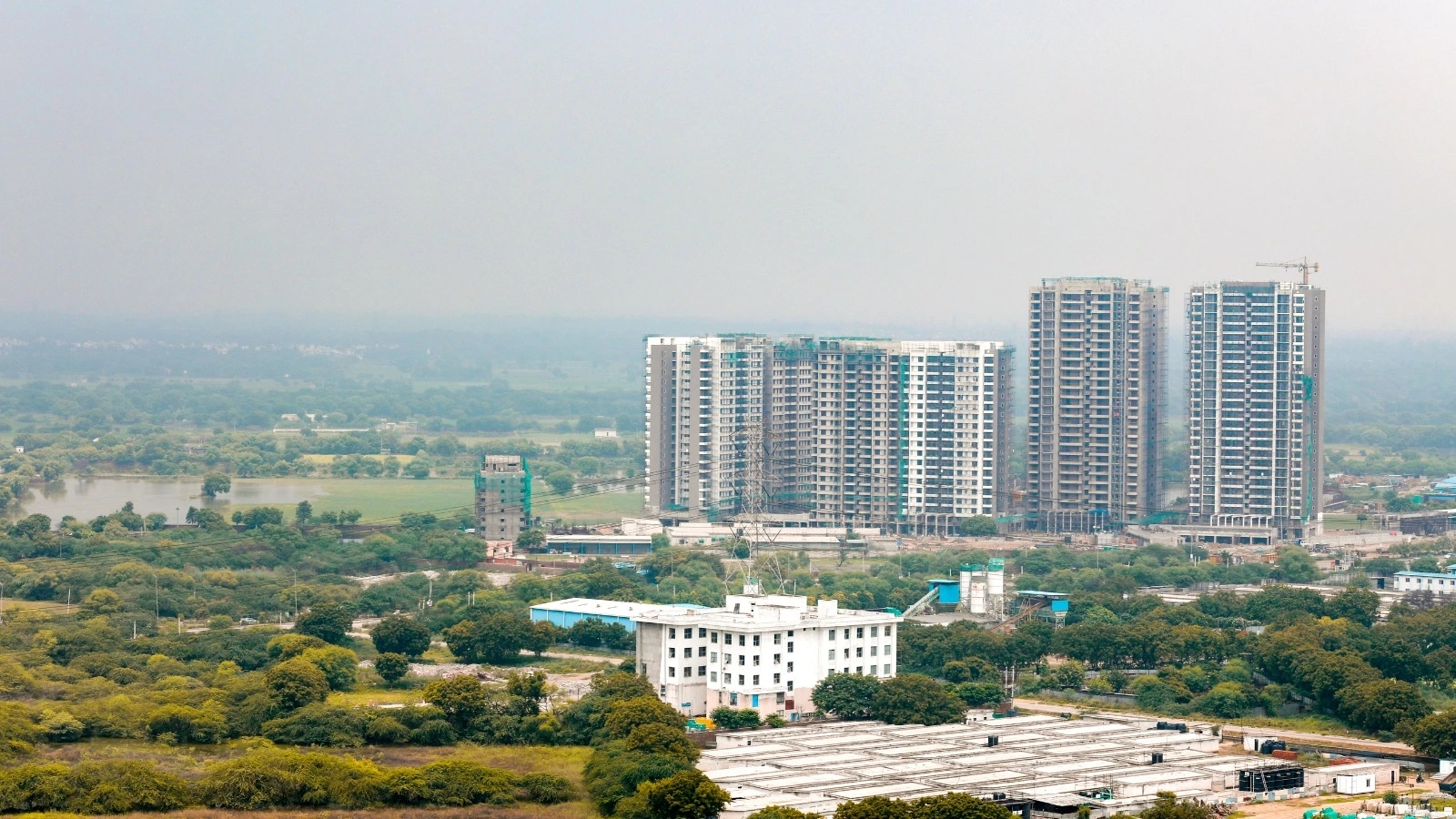Table of Content
- Introduction
- Table Example: Key Differences Between Millennials and Gen Z in Real Estate
- 2. Buying Patterns of Millennials and Gen Z
- 3. Preferred Real Estate Locations
- Table Example: Location Preferences and Popular Cities
- 4. Sustainability and Eco-Friendly Living
- Table Example: Popular Tech Features by Generation
- 6. The Shift Towards Smaller, Affordable Homes
- 7. Economic Realities and Their Impact on Real Estate Decisions
- 8. Real Estate Marketing: Targeting Millennials and Gen Z
- 9. How Real Estate Developers Are Adapting
- Conclusion
- Introduction Sample:
- Example Table: Technology Preferences
Introduction
- Briefly introduce the generational shift in real estate.
- Highlight how Millennials and Gen Z are entering the housing market with unique preferences.
- State how their lifestyle, tech-savviness, and economic realities are changing real estate trends.
- Understanding Gen Z and Millennial Homebuyers
- Who Are Millennials?
- Born: 1981-1996
- Values: Experience-focused, eco-conscious, digital adopters
- Who Are Gen Z?
- Born: 1997-2012
- Values: Tech-native, value-driven, pragmatic
Table Example: Key Differences Between Millennials and Gen Z in Real Estate
|
Characteristics |
Millennials |
Gen Z |
|
Age Range |
27-42 |
12-26 |
|
Technology Adoption |
Digital adopters |
Digital natives |
|
Financial Approach |
Balance of spending and saving |
Highly cautious with finances |
|
Home Preference |
Urban, convenient, amenity-rich |
Affordable, suburban, flexible |
2. Buying Patterns of Millennials and Gen Z
- Emphasis on Affordability
- Many millennials prioritize affordability over luxury, with urban apartments and mid-sized homes in demand.
- Gen Z is more open to suburban areas due to affordability.
- Remote Work and Flexible Living Spaces
- Remote work setups and multifunctional spaces are essential for both groups.
- How real estate developers are catering to this trend with home offices and adaptable layouts.
3. Preferred Real Estate Locations
- Millennials: Preferring Urban and Suburban Areas
- Millennials often seek proximity to work, social amenities, and vibrant neighborhoods.
- Gen Z: Growing Interest in Suburban and Smaller Cities
- Gen Z looks for affordable yet well-connected neighborhoods, often exploring emerging suburban areas.
Table Example: Location Preferences and Popular Cities
|
Generation |
Preferred Location Type |
Popular Cities |
|
Millennials |
Urban & Suburban |
New York, LA, Austin |
|
Gen Z |
Suburban & Emerging Markets |
Charlotte, Phoenix |
4. Sustainability and Eco-Friendly Living
- Focus on Green Real Estate
- Millennials prioritize eco-friendly homes, supporting renewable energy and sustainable building materials.
- Gen Z's High Standards for Sustainability
- Gen Z values eco-conscious homes even more, including low-energy appliances and sustainable interiors.
- How Developers Are Responding
- Discuss green certifications, LEED-certified buildings, and eco-friendly amenities developers are integrating.
- Technology Integration in Real Estate
- Smart Homes and High-Tech Amenities
- Both generations expect homes to have tech-friendly features like smart thermostats, home automation, and security systems.
Also Read: Complete Home Construction Cost in Delhi: A Detailed Guide
Table Example: Popular Tech Features by Generation
|
Feature |
Popularity with Millennials |
Popularity with Gen Z |
|
Smart Thermostats |
High |
High |
|
Home Automation |
High |
Very High |
|
Digital Security |
Moderate |
High |
6. The Shift Towards Smaller, Affordable Homes
- Affordability over Size
- Explain the trend towards downsizing, micro-apartments, and modular homes among younger buyers.
- The Rise of Co-Living Spaces and Rental Communities
- Highlight how co-living and rental communities appeal to Gen Z and Millennials due to their affordability and social setup.
7. Economic Realities and Their Impact on Real Estate Decisions
- Millennials' Financial Constraints
- Outline how student debt, rising housing costs, and economic uncertainty affect their buying power.
- Gen Z’s Early Approach to Saving and Investing
- Gen Z is more cautious and value-driven, often choosing affordability over luxury.
8. Real Estate Marketing: Targeting Millennials and Gen Z
- Utilizing Social Media and Digital Advertising
- How real estate companies are marketing through Instagram, TikTok, and YouTube to attract younger buyers.
- Virtual Tours and Augmented Reality
- Virtual reality home tours are becoming essential tools to engage tech-savvy buyers.
9. How Real Estate Developers Are Adapting
- Building Community-Focused Developments
- Millennials and Gen Z prefer communities with social spaces, gyms, coworking areas, and pet-friendly amenities.
- Prioritizing Affordable, Flexible Options
- Builders are adapting by offering flexible floor plans, smaller units, and co-living designs.
Conclusion
- Summarize the influence of Millennials and Gen Z on real estate trends.
- Highlight how developers who understand and adapt to these changes are more likely to succeed.
Introduction Sample:
The real estate market has seen significant shifts in recent years, largely driven by the changing preferences of Millennials and Gen Z. As these generations move into their prime home-buying years, their distinct needs and values are reshaping how properties are developed, marketed, and sold. From eco-friendly living to smart home technologies, this new wave of homebuyers is prioritizing convenience, affordability, and sustainable living, impacting everything from location preferences to home sizes.
Example Table: Technology Preferences
|
Feature |
Preferred by Millennials |
Preferred by Gen Z |
|
Smart Home Security |
Yes |
Yes |
|
Voice-Activated Devices |
Moderate |
High |
|
Remote Work Setup |
Essential |
Essential |
This outline can be expanded with examples, in-depth explanations, and insights into how real estate developers can align with these trends. The tables add clarity by summarizing complex information, enhancing readability and SEO-friendliness. Adding keywords like "Millennials in real estate," "Gen Z home preferences," and "smart home trends" will further optimize this article for search engines. Let me know if you’d like more details on specific sections or additional tables.
Also Read: How 3D Printing is Disrupting the Real Estate Construction Industry







Ans 1. Millennials prioritize affordability, urban locations, and eco-friendly features, pushing developers to focus on energy-efficient designs and city-friendly properties.
Ans 2. Gen Z values affordability, flexible living spaces, and tech-integrated homes, often opting for suburban areas due to lower costs.
Ans 3. Both groups prefer smart home technology, such as automated thermostats, home security, and voice-activated devices.
Ans 4. Both generations are environmentally conscious, making sustainable housing with energy-saving features a major priority.
Ans 5. Remote work has led to a demand for homes with designated office spaces or flexible layouts that support work-from-home lifestyles.